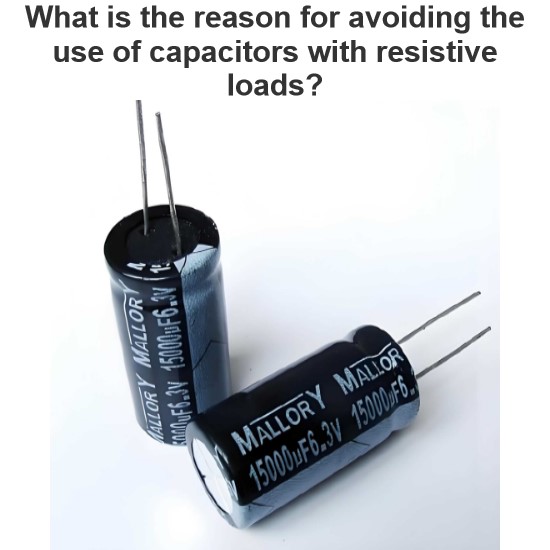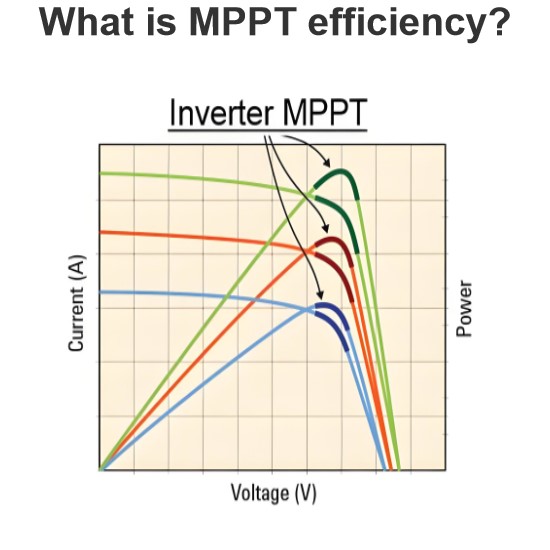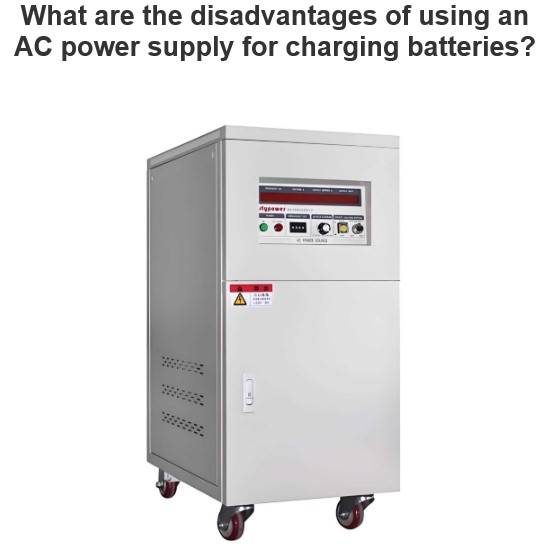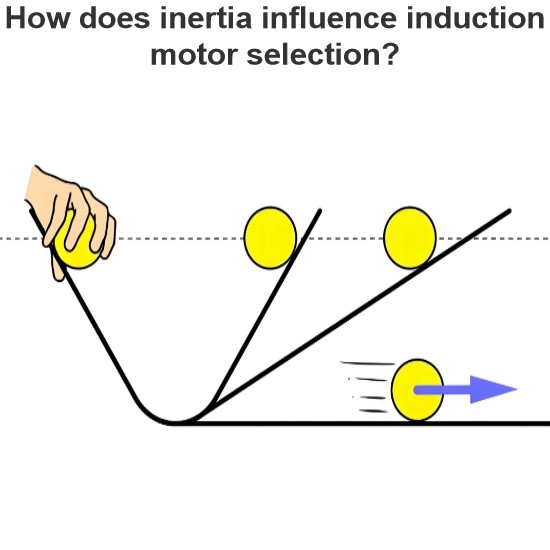Are there any precautions when wiring solar street light components?
Precautions for Wiring Solar Street Light Components
Wiring the components of a solar street light system is a crucial task. Correct wiring ensures the system operates normally and safely. Here are some important precautions to follow when wiring solar street light components:
1. Safety First
1.1 Turn Off the Power
Before Operation: Ensure that all power sources of the solar street light system are turned off to avoid electric shock accidents.
1.2 Use Insulated Tools
Tools: Use insulated tools for wiring, ensuring that the insulating parts of the tools are intact.
1.3 Wear Protective Equipment
Equipment: Wear insulated gloves, safety glasses, and work clothes to ensure personal safety.
2. Identify the Components
2.1 Solar Panel
Polarity: Confirm the positive (+) and negative (-) terminals of the solar panel.
2.2 Battery
Polarity: Confirm the positive (+) and negative (-) terminals of the battery.
2.3 Controller
Ports: Familiarize yourself with the various ports on the controller, including the solar panel port, battery port, and load port.
2.4 LED Light
Polarity: Confirm the positive (+) and negative (-) terminals of the LED light.
3. Wiring Sequence
3.1 Connect the Solar Panel
Steps: Connect the positive terminal of the solar panel to the positive solar panel port on the controller, and connect the negative terminal of the solar panel to the negative solar panel port on the controller.
Note: Ensure the connections are secure to avoid loose connections.
3.2 Connect the Battery
Steps: Connect the positive terminal of the battery to the positive battery port on the controller, and connect the negative terminal of the battery to the negative battery port on the controller.
Note: Ensure the connections are secure to avoid short circuits.
3.3 Connect the LED Light
Steps: Connect the positive terminal of the LED light to the positive load port on the controller, and connect the negative terminal of the LED light to the negative load port on the controller.
Note: Ensure the connections are secure to avoid loose connections.
4. Check the Wiring
4.1 Inspect Connections
Visual Inspection: Check all connections to ensure they are secure and there are no loose or poor connections.
Multimeter: Use a multimeter to measure the voltage at each port to ensure the wiring is correct.
4.2 Inspect Insulation
Insulation: Ensure that the insulation on all wires is intact to prevent short circuits and electrical leaks.
5. Test the System
5.1 Turn On the Power
Steps: After ensuring all connections are correct and secure, turn on the power for the solar street light system.
5.2 Observe Operation
Observation: Observe the operation of the solar street light to ensure the LED light turns on and the controller works properly.
6. Troubleshooting
6.1 Common Issues
No Light: Check the connections of the solar panel, battery, and controller to ensure there are no short circuits or open circuits.
Insufficient Brightness: Check if the solar panel is shaded and ensure it receives sufficient sunlight.
Controller Fault: Check the indicator lights and display on the controller to ensure it is working properly.
7. Maintenance and Care
7.1 Regular Inspection
Inspection: Regularly check the connections of the solar panel, battery, controller, and LED light to ensure the system is operating normally.
7.2 Cleaning and Maintenance
Cleaning: Regularly clean the solar panel to ensure its surface is clean and to improve photovoltaic efficiency.
Summary
When wiring the components of a solar street light system, it is important to prioritize safety, correctly identify the components, follow the wiring sequence, check the connections, test the system, troubleshoot any issues, and perform regular maintenance. By following these precautions, you can ensure the normal operation and safe use of the solar street light system.
The Electricity Encyclopedia is dedicated to accelerating the dissemination and application of electricity knowledge and adding impetus to the development and innovation of the electricity industry.




